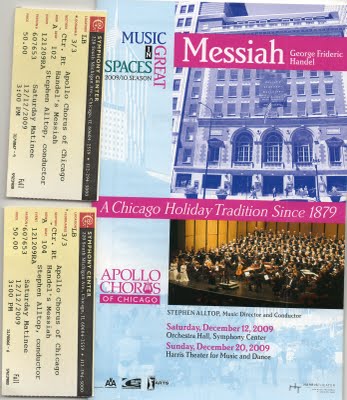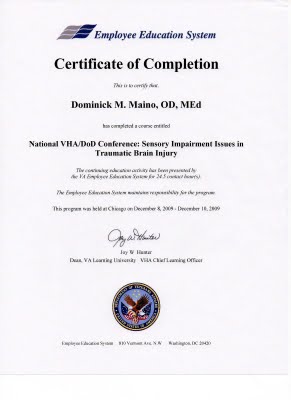
I just got back from the Apollo Chorus of Chicago singing the George Frideric Handel's Messiah with Stephen Alltop directing and Maire O'Brien, soprano, Lauren McNeese, mezzo-soprano, Mark Van Arsdale, tenor and James Maddelena, baritone at Chicago's Symphony Center. It was awe inspiring. If you've never heard the Messiah live you must...and yes, all were standing when the Hallelujah Chorus was sung. They received a long standing ovation at the conclusion of the program.
I've been lucky enough to sing under the direction of Mr. Alltop and to sing on the same stage as Ms. Maire O'Brien. I've also sung with other members of the Apollo Chorus as well in my church choir.
The Apollo Chorus is the oldest volunteer choir in the USA and gave their first performance of the Messiah in 1879. A most amazing group! DM
